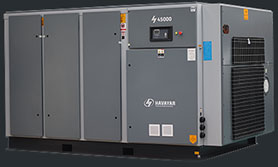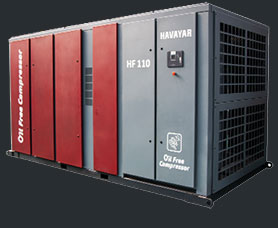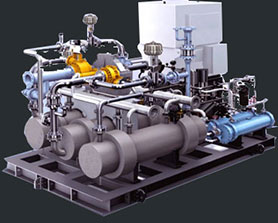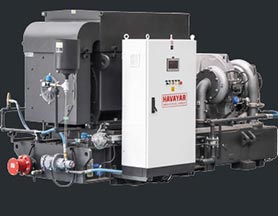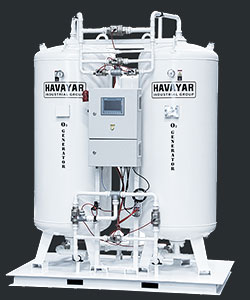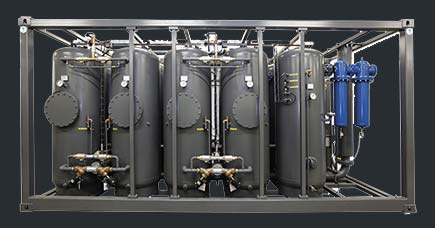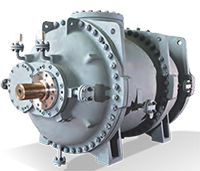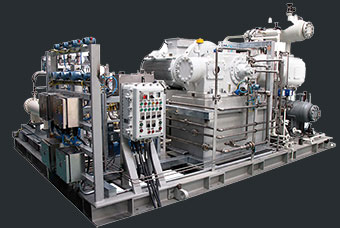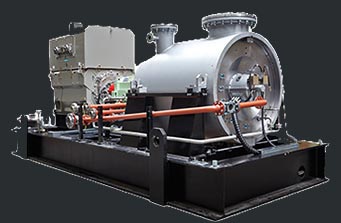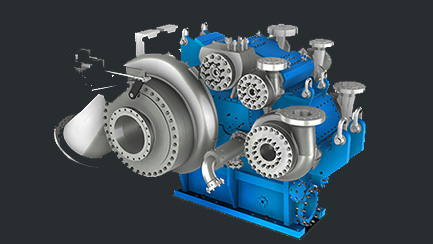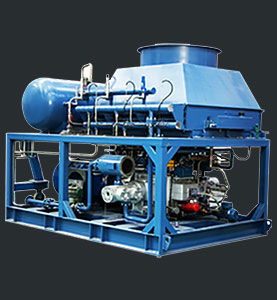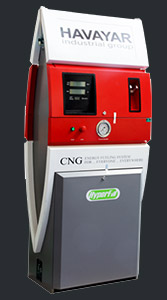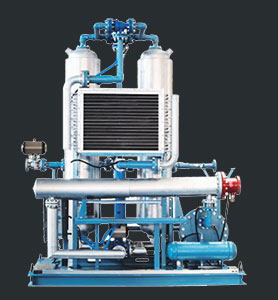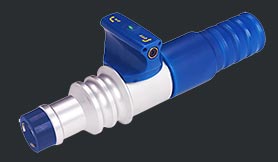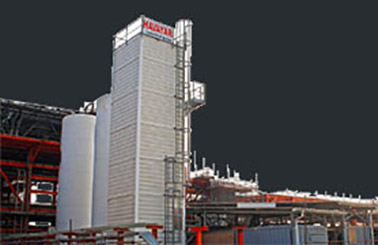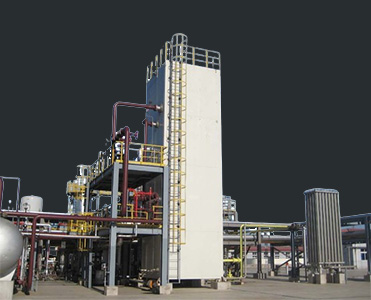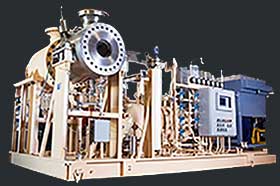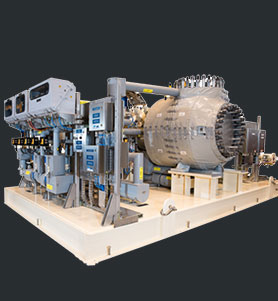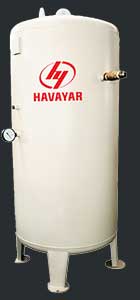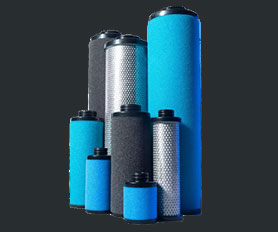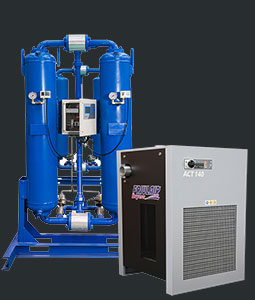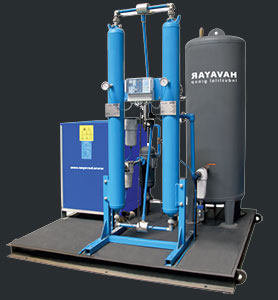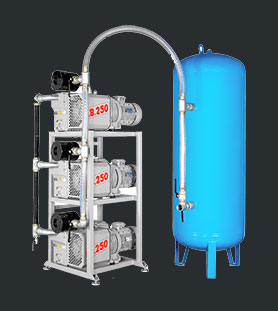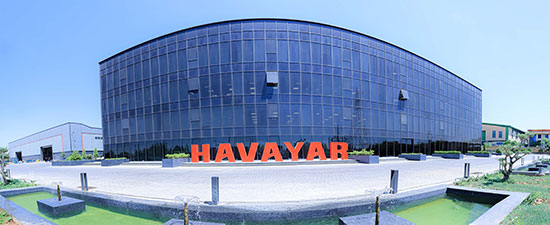PSA Hydrogen Unit
Hydrogen is the most abundant element in nature with various applications in industry. Hydrogen can be found in most substances such as water, fat, oil, hydrocarbons, acids, ammonia, disinfectants, etc. This material is widely used in oil and gas, food, pharmaceutical, metal, chemical, ammonia production, glass making, electronics, analysis devices, etc. industries. Also, hydrogen is used as a clean fuel of the future.
Hydrogen is the most abundant element in nature with various applications in industry. Hydrogen can be found in most substances such as water, fat, oil, hydrocarbons, acids, ammonia, disinfectants, etc. This material is widely used in oil and gas, food, pharmaceutical, metal, chemical, ammonia production, glass making, electronics, analysis devices, etc. industries. Also, hydrogen is used as a clean fuel of the future.
Hydrogen is the most abundant element in nature with various applications in industry. Hydrogen can be found in most substances such as water, fat, oil, hydrocarbons, acids, ammonia, disinfectants, etc. This material is widely used in oil and gas, food, pharmaceutical, metal, chemical, ammonia production, glass making, electronics, analysis devices, etc. industries. Also, hydrogen is used as a clean fuel of the future.
Various processes are used to produce hydrogen in the industry, some of which are:
- electrolyze
- Methane reforming
- Cracking of heavy hydrocarbons
- Cold plasma
- PSA (Pressure Swing Adsorption)
PSA process is used to purify hydrogen to reach the desired purity. In the following, we will briefly review this process.
Purification and purification process of hydrogen gas by PSA method
PSA (Pressure Swing Adsorption) process can be used to recover and purify hydrogen from a mixture of different gases. Because the gas entering the towers is a combination of different gases with different mass percentages, different adsorbents are used in separate layers for better purification.
Absorbent materials used in absorption beds are usually: active alumina, active carbon, silica gel and Molecular sieve. Due to the size of different holes, specific surface and different surface properties, these materials have different absorption ability compared to the materials in the input gas composition. Active carbon is used to absorb oils, silica gel is used to absorb hydrocarbons, Molecular sieve is used to absorb moisture, CO, CO2 and active alumina is used to absorb moisture.
The equipment used in the process includes the input gas tank, purification towers, production hydrogen storage tank and storage tank for other gases. The gas enters the towers under pressure, after the absorption process is completed, the inlet valve to the tower is closed and the tower regeneration process begins. During the recovery process, absorption towers are usually depressurized and discharged in several stages. This cycle continues in all the towers, and finally, during this process, hydrogen with the required purity is produced.
The schematic of the process is as follows:

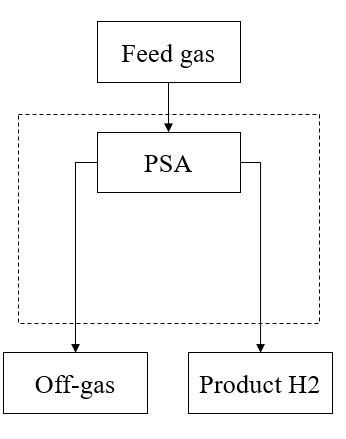
همانگونه که از اسم فرایند مشخص است اساس فرایند PSA بر مبنای پدیدههای جذب و دفع فیزیکی بر اساس تغییر فشار میباشد. با توجه به اینکه شرایط عملیاتی دمای پایین و فشار بالا برای فرایند جذب مناسب میباشد لذا قبل از فرایند PSA دمای محصولات حاصل از فرایند Steam Reforming پایین آمده تا هم بتوان مایعات کندانس شده را از آن جدا نمود و هم شرایط عملیاتی برای فرایند PSA مهیا گردد.
جاذبهای مورد استفاده در PSA معمولاً از نوع Molecular Sieve و یا غربال مولکولی با سطح ویژه بالا بوده که به صورت چند لایه مطابق شکل 3 در مخازن بارگیری میگردند. این جاذبها با توجه به ماهیت ترکیبات به رفته در آنها و نیز خواص فیزیکی، توانایی جذب ترکیبات گوناگونی را به صورت گزینشی دارند. با توجه به اینکه جذب و خالص سازی در فشار بالا انجام میگیرد و به علت اینکه در فرایندهای پالایشی نیاز به جریان پیوسته هیدروژن میباشد لذا فرایند PSA حداقل نیاز به 2 مخزن دارد (این تعداد از بسترهای جذب معمولاً در خالص سازی N2 کاربرد دارد) به طوری که یکی از مخازن در فرایند جذب و دیگری در فرایند دفع میباشد. با توجه به اینکه به طور متداول ظرفیت واحد Steam Reformer بالا میباشد، لذا تعداد بسترهای متداول در خالص سازی هیدروژن به کار گرفته شده بعد از واحد مذکور، حدود 8 الی 10 میباشد. با توجه به افزایش تعداد بسترهای جذب و دفع در ظرفیتهای بالا، زمانبندی انجام جذب و دفع به منظور دست یابی به خلوص مورد نظر و دبی ثابت بسیار با اهمیت میباشد.
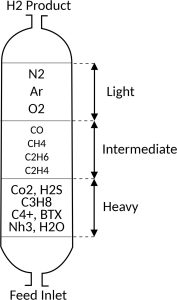
شکل 4 نمودار تغییرات فشار یک فرایند PSA با 8 بستر جذب در یک دوره زمانی جذب/ دفع را نشان میدهد. با توجه به اینکه گاز حاوی ناخالصی خروجی از واحد PSA که به Purge Gas و یا Off Gass معروف میباشد دارای ارزش حرارتی بالایی میباشد در بسیاری از واحدهای تولید هیدروژن، این گاز به عنوان سوخت کوره Reformer استفاده خواهد شد، این امر موجب کاهش مصرف گاز طبیعی به عنوان سوخت کوره Reformer خواهد شد.
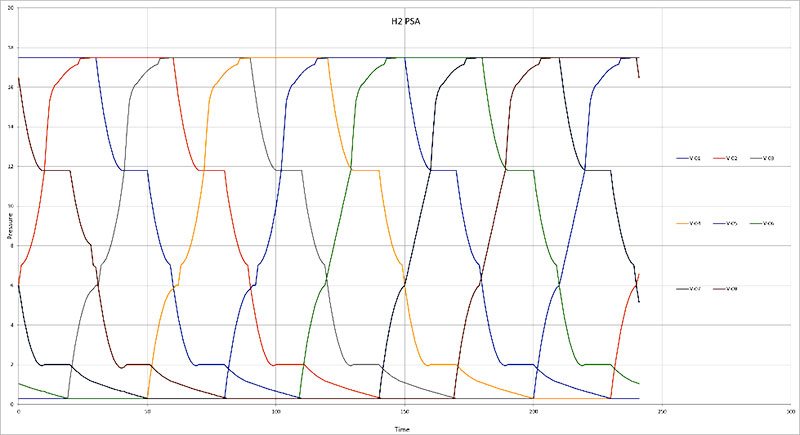
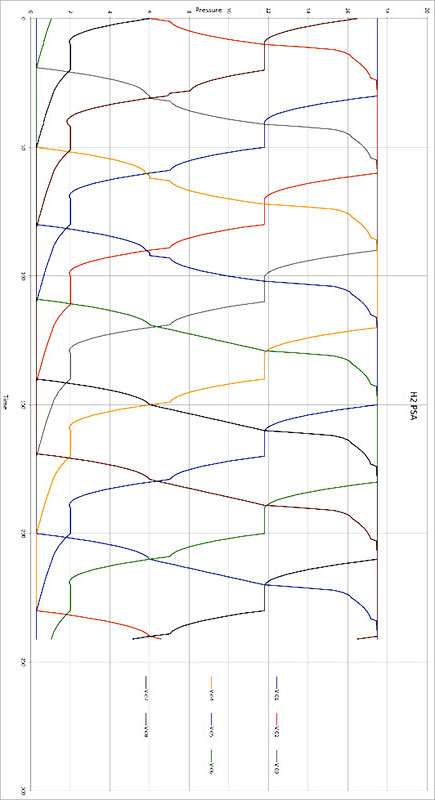
گروه صنعتی هوایار با تکیه بر دانش مهندسی و به روز خود، قادر به طراحی، ساخت و راه اندازی و بهره بردای واحد تولید Steam Reforming از ظرفیت 100 تا 200.000 نرمال متر مکعب در ساعت و در فشارهایی تا حداکثر 300 بار گیج میباشد. همچنین این شرکت با تکیه بر توانایی تأمین انواع جاذبهای مورد نیاز صنایع، قادر به طراحی، ساخت و راه اندازی و بهره برداری از واحد PSA به منظور دست یابی به خلوصهای بالای هیدروژن تا 999/99% را دارا میباشد.
Frequently Asked Questions
There are various methods of hydrogen production in industries, which are designed and selected according to the declared site condition as well as the required capacity or the presence of water resources. Among the common methods of hydrogen production, the following can be mentioned:
• Hydrogen production by Steam Reforming method
• Hydrogen production by Dry Reforming method
• Hydrogen production by Electrolyze method
The use of hydrogen in order to saturate hydrocarbon compounds to remove undesirable compounds such as sulfur oxides in the form of H2S. Despite the fact that the use of hydrogen in the sulfur removal unit is costly and the relevant process is usually carried out at high temperature and pressure (based on hydrocarbon cutting compounds), the application of hydrogen desulfurization method (Hydro treatment) is one of the common methods in desulfurization.
The main process of hydrogen production in industries is using Steam methane reforming method or so called Wet method.
sales department
after sales service
datasheet
catalogue

